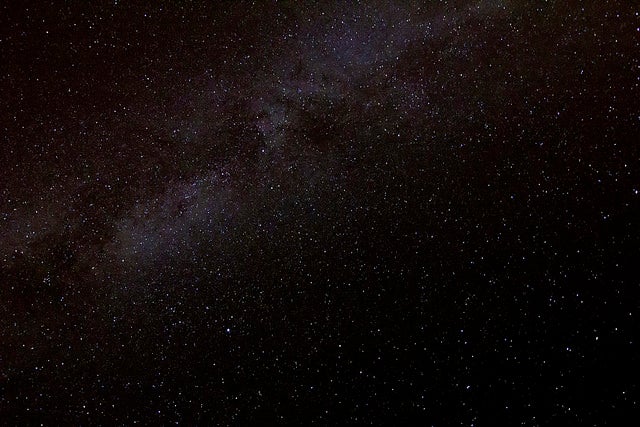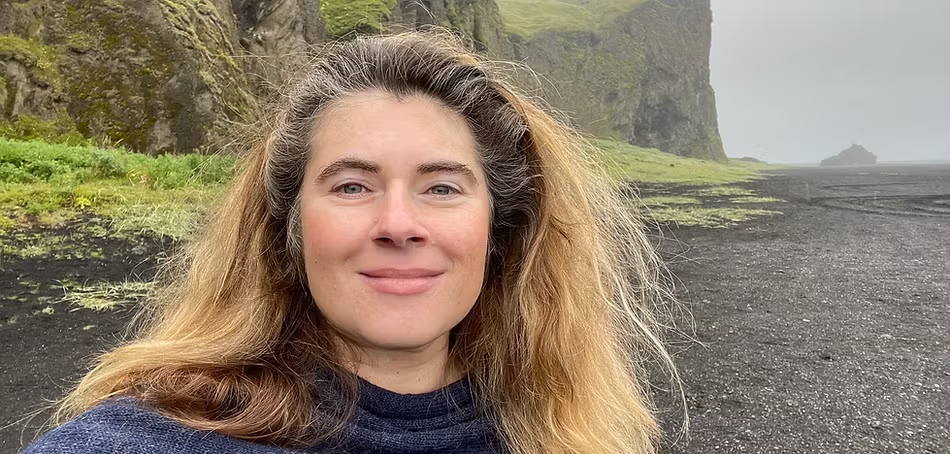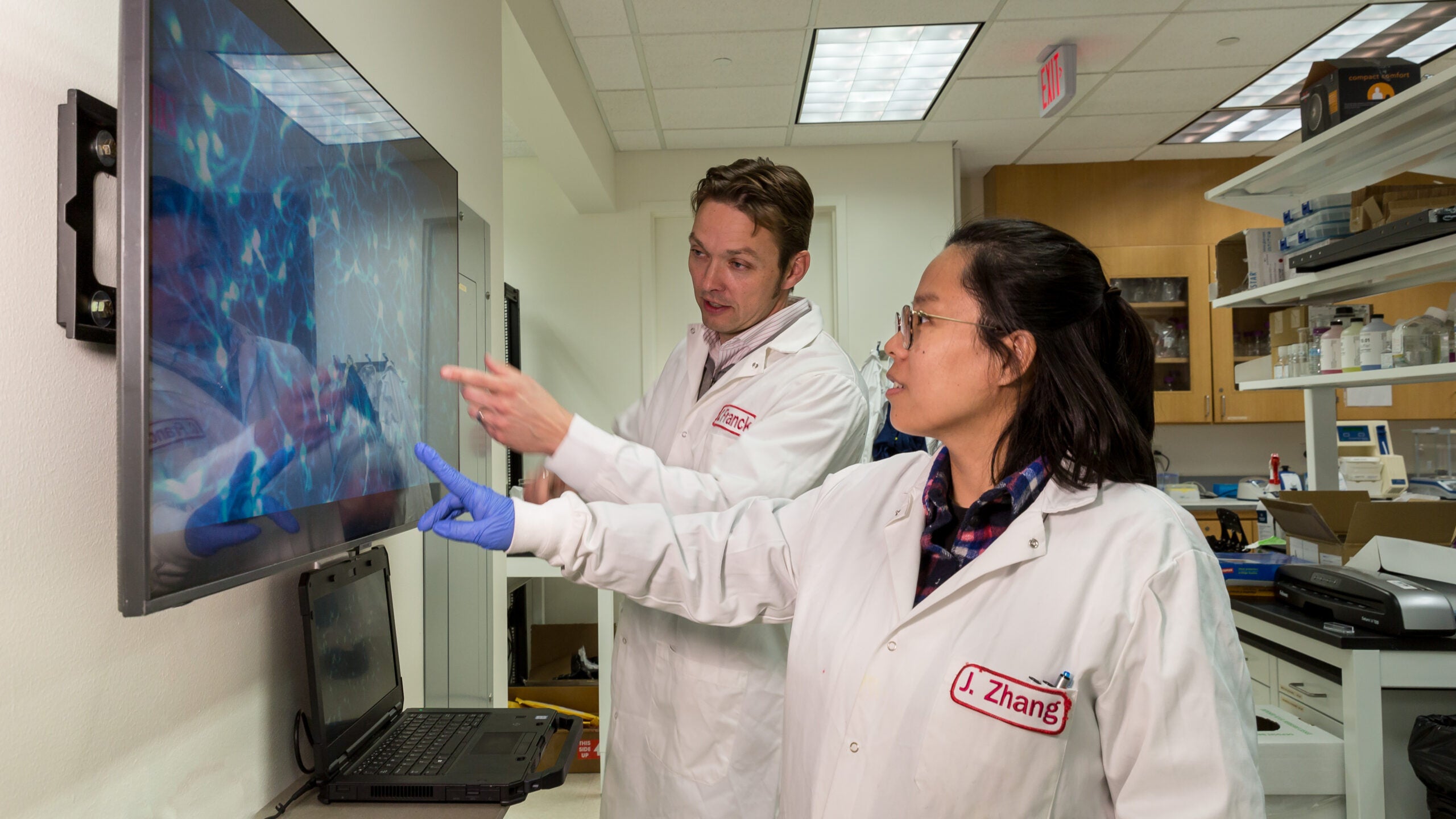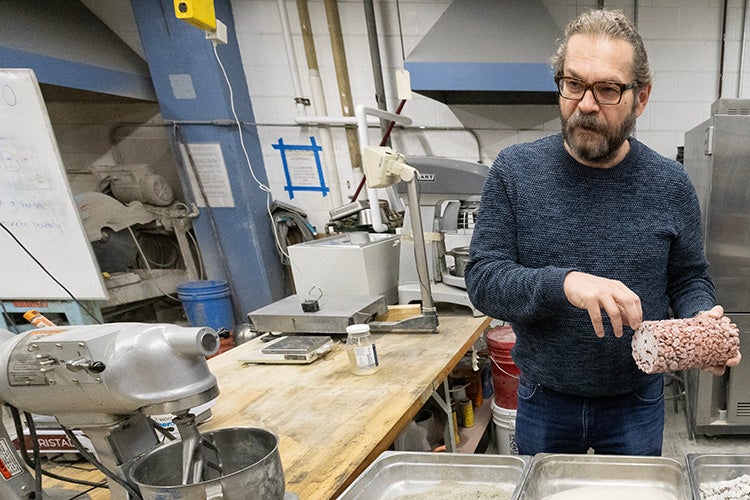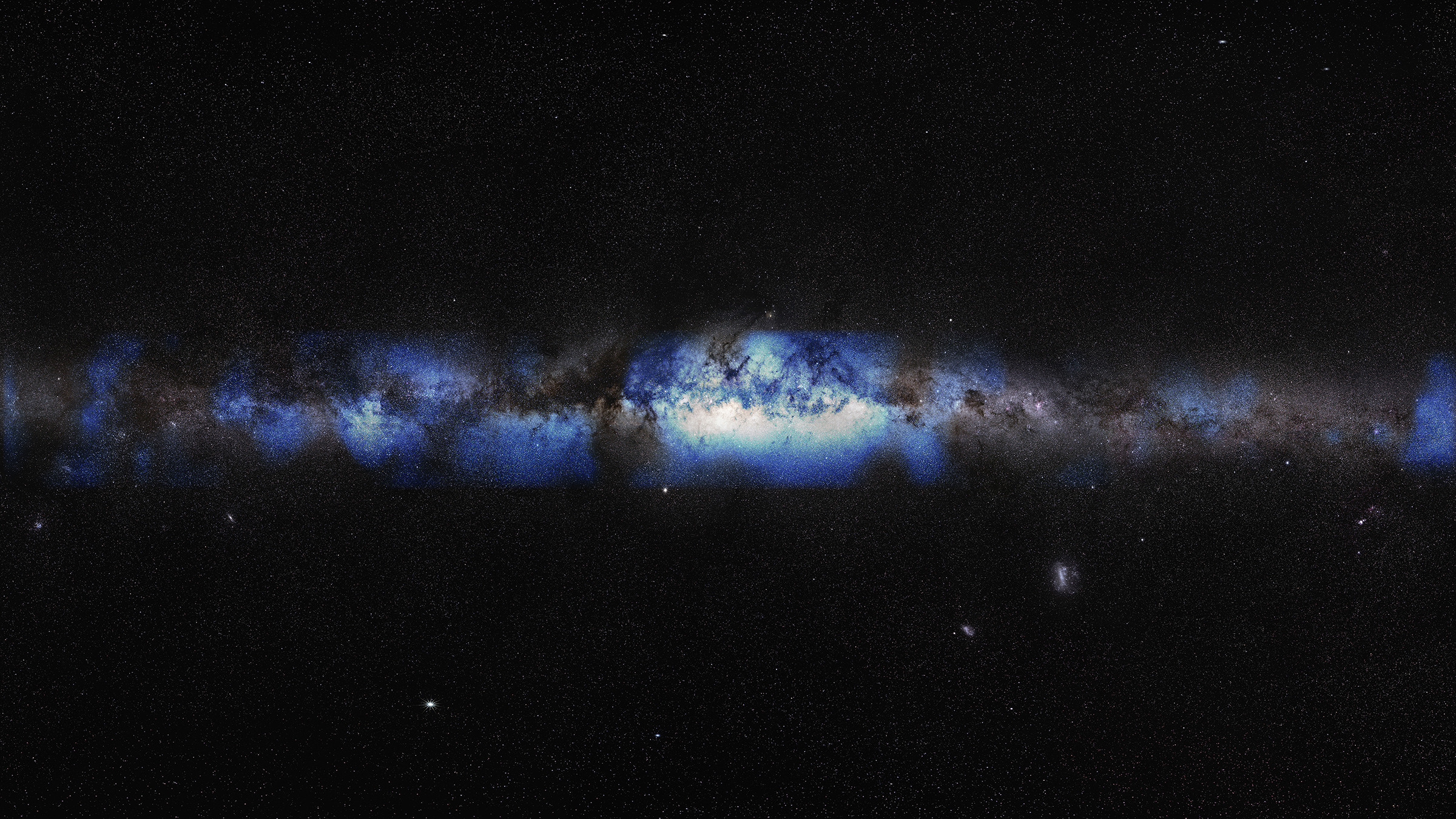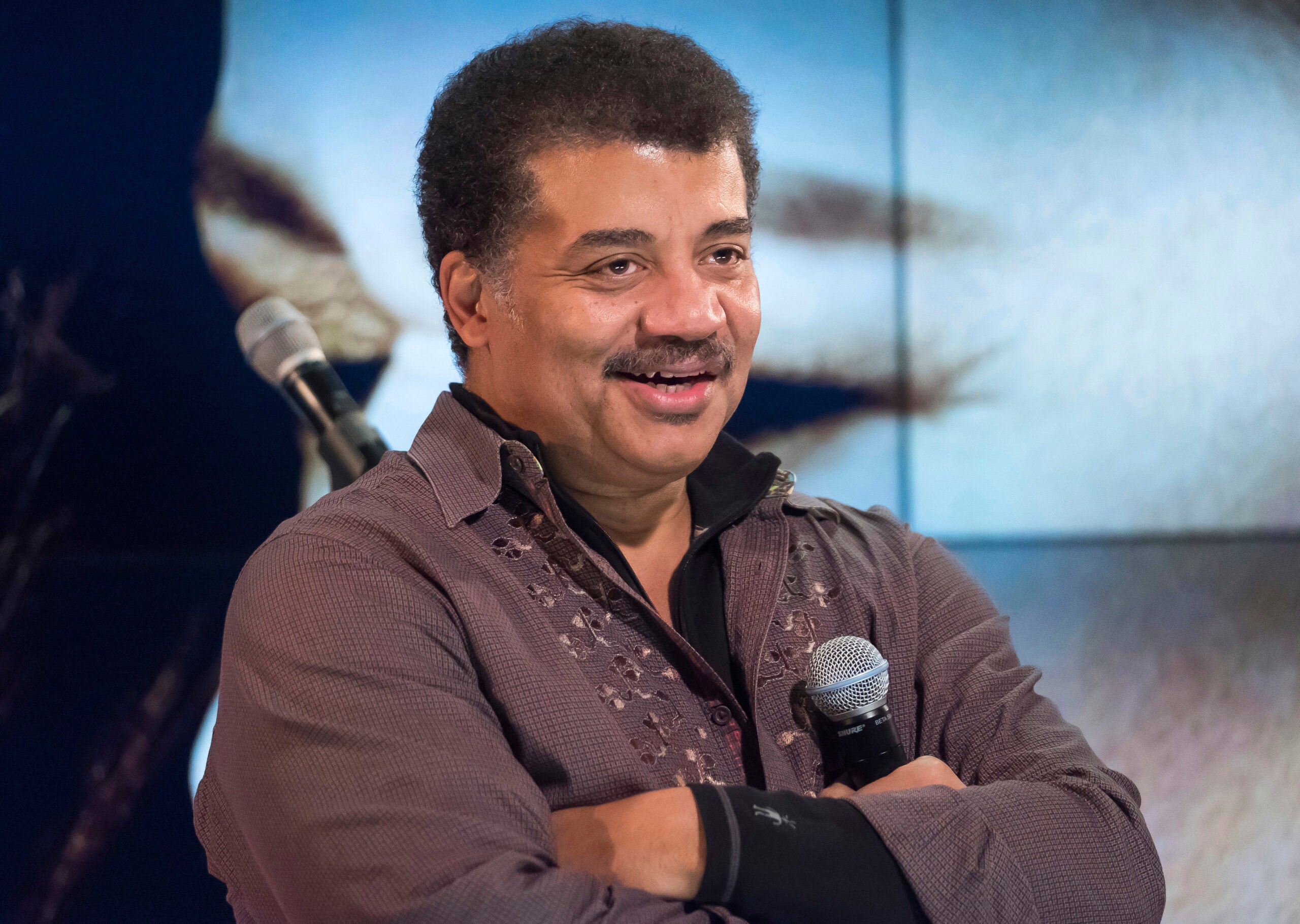University of Wisconsin-Milwaukee scientists are part of an international team that have observed gravitational waves for a second time.
Scientists revealed they observed the second wave in December, following the first detection last fall. Gravitational waves occur in space when massive objects like black holes merge.
The second wave discovery in December is an important find, according to UW-Milwaukee physics professor Patrick Brady.
News with a little more humanity
WPR’s “Wisconsin Today” newsletter keeps you connected to the state you love without feeling overwhelmed. No paywall. No agenda. No corporate filter.
“That convinced us the first detection wasn’t just some sort of lucky break,” he said. “That we had really transitioned into an era where we’d be doing gravitational wave astronomy, hearing these gravitational waves pass by on a regular basis.”
Observing gravitational waves is “a whole new way of hearing what’s happening in the universe. It’s like adding a new sense,” Brady said.
Gravitational waves offer a different mode of observing the universe, he said. Light — electromagnetic radiation — has been the primary tool to observe the universe, so far.
“Now what that means is we’re going to get a much more complete picture of how the universe changes, how it has evolved over time,” he said.
UW-Milwaukee scientists designed and used some of the software that analyzed the waves. They also operate a supercomputer to try to learn how often black holes collide.
Wisconsin Public Radio, © Copyright 2025, Board of Regents of the University of Wisconsin System and Wisconsin Educational Communications Board.

